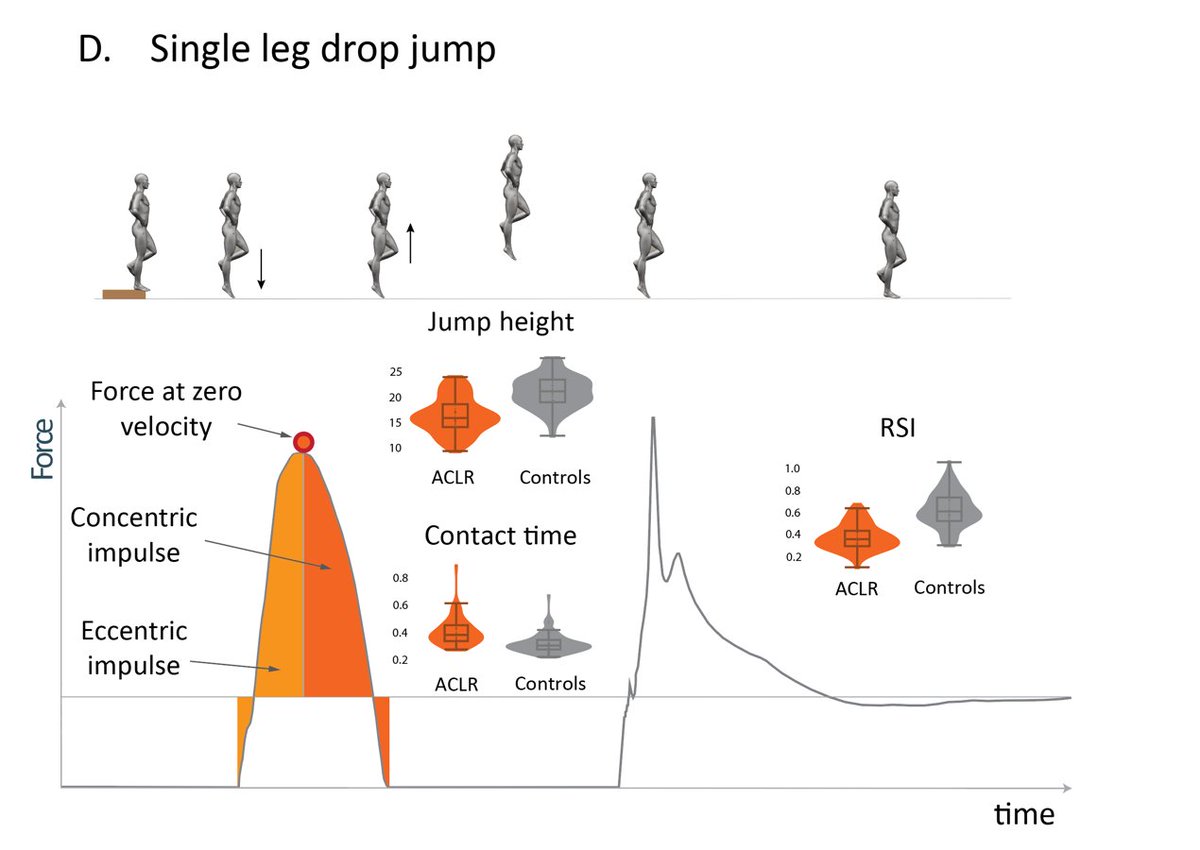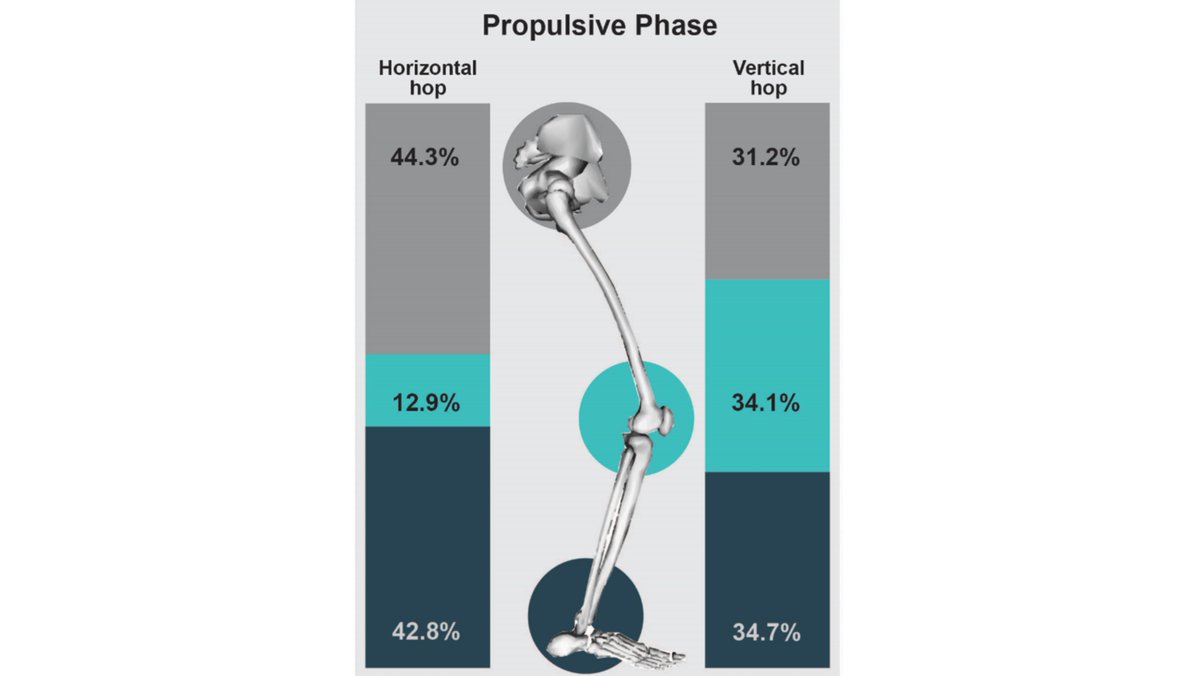Discover and read the best of Twitter Threads about #ACLR
Most recents (7)
Vertical jump testing at the time to #RTS after #ACLR.
Which tests?
How?
Which metrics?
Normative data
bjsm.bmj.com/content/early/…
Check this thread! 👇
Which tests?
How?
Which metrics?
Normative data
bjsm.bmj.com/content/early/…
Check this thread! 👇

#ReturnToSport testing after #ACLR:
What’s hot, what’s not?
Summary figure based on the below papers:
bit.ly/3IUZizo
bit.ly/41PbDOe
bit.ly/3muCFdS
bit.ly/3YonuzS
bit.ly/3ZJgLBK
bit.ly/3SUmqD4
Check the thread 👇🧵
What’s hot, what’s not?
Summary figure based on the below papers:
bit.ly/3IUZizo
bit.ly/41PbDOe
bit.ly/3muCFdS
bit.ly/3YonuzS
bit.ly/3ZJgLBK
bit.ly/3SUmqD4
Check the thread 👇🧵

Which performance metrics DON’T normalize at #RTS after #ACLR?
Spoiler: jump height and Reactive Strength Index during a single leg drop jump
What are we missing?
#OpenAccess🔓#OnlineFirst
🔗bjsm.bmj.com/content/early/……
Check this thread! 👇
Spoiler: jump height and Reactive Strength Index during a single leg drop jump
What are we missing?
#OpenAccess🔓#OnlineFirst
🔗bjsm.bmj.com/content/early/……
Check this thread! 👇

Why vertical jumps?
In our previous work, we found that vertical jump performance (height) is a more representative metric for knee function than horizontal hop performance (distance) in healthy individuals.
bit.ly/3wRgDCJ
In our previous work, we found that vertical jump performance (height) is a more representative metric for knee function than horizontal hop performance (distance) in healthy individuals.
bit.ly/3wRgDCJ

Triple hop for distance as a decision to #RTS after #ACLR.
Symmetry in distance masks asymmetry in knee function! doi.org/10.1177/036354……
@AJSM_SportsMed @RodWhiteley @Aspetar
@RoaldBahr @KorakakisV @IJonkers
#onlineFirst Check this thread! 👇
Symmetry in distance masks asymmetry in knee function! doi.org/10.1177/036354……
@AJSM_SportsMed @RodWhiteley @Aspetar
@RoaldBahr @KorakakisV @IJonkers
#onlineFirst Check this thread! 👇
Are you using hop distance as decision to #RTS after #ACLR?
Symmetry in distance hides asymmetry in knee function!
dx.doi.org/10.1136/bjspor…
Check this! 👇
Symmetry in distance hides asymmetry in knee function!
dx.doi.org/10.1136/bjspor…
Check this! 👇

Hop testing after #ACLR – horizontal (distance) is easier to measure than vertical (height) but are they the same?
(Spoiler: not even close)
Thread 👇
(Spoiler: not even close)
Thread 👇

#ACL injuries in professional football (aka Soccer for the Americans in the crowd - anyone else challenged when they hear this lol) with @MarkusWalden
My note thread to follow....
#Sportsfisio2020
My note thread to follow....
#Sportsfisio2020
@MarkusWalden "ACL injuries in men's professional football: a 15-year prospective study on time trends and return-to-play rates reveals only 65% of players still play at the top level 3 years after ACL rupture" bjsm.bmj.com/content/50/12/…
FREE to download
FREE to download
@MarkusWalden In their database:
- Few career-ending injuries (1.8%)
- Approx 7% retear rate w/in 1 yr post #ACLR
Are these re-injuries failures? Or a deliberate high-risk decision? Interesting question.
- Few career-ending injuries (1.8%)
- Approx 7% retear rate w/in 1 yr post #ACLR
Are these re-injuries failures? Or a deliberate high-risk decision? Interesting question.









